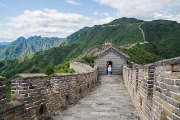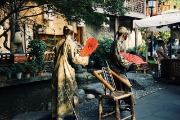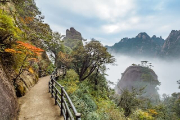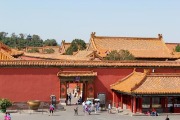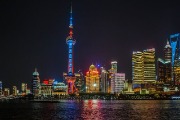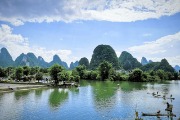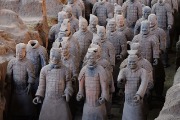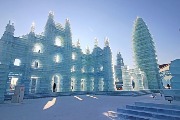Top 5 Things to Do in China
If you’ve done all five of these things, then you’ve definitely experienced an in-depth journey through China.
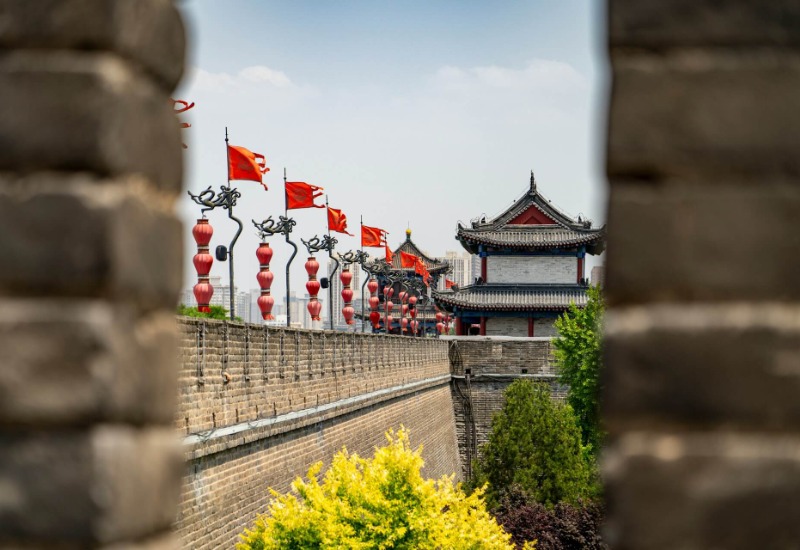
No. 5: Experience the Technology in Everyday Life in China
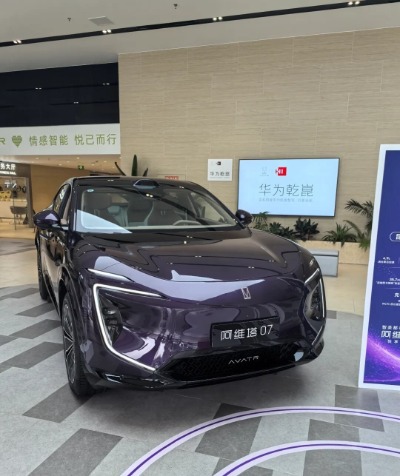
Electric Cars
If it’s your first time visiting China, you’ll be amazed by how many electric cars are on the road. The green license plates indicate electric or hybrid vehicles. In cities like Shenzhen, electric cars make up about a quarter of all cars, and the number keeps growing fast. In fact, 72.6% of new cars sold in Shenzhen are electric. This means that for every four cars sold, three are electric. Traditional luxury cars are losing ground, replaced by brands like BYD, Li Auto, NIO, and Xpeng. Even Tesla faces stiff competition in China. Experiencing different brands and levels of technology in new energy vehicles is definitely one of the things to see and do in China.

Self-Driving Cars
Elon Musk once predicted that self-driving cars would outnumber human-driven ones. If Tesla can’t achieve full autonomy, its “value will be basically zero.” In China, not only Tesla, but also companies like Baidu and Didi are betting on autonomous taxis. In Wuhan, there are already 1,000 self-driving taxis. Baidu‘s “Apollo Go” has completed over 7 million rides. You can experience this technology in cities like Shenzhen, Guangzhou, Beijing, and Wuhan. If you haven’t taken a self-driving taxi yet, it’s definitely one of the most unforgettable things to do in China.
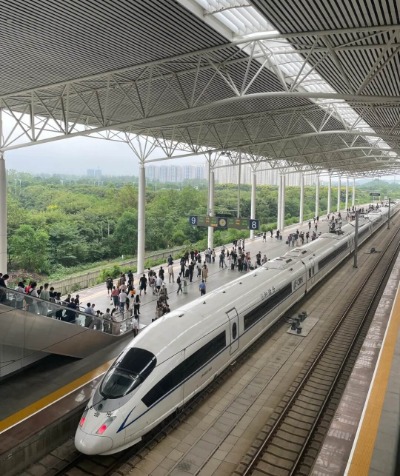
High-Speed Rail
China’s high-speed rail network has expanded rapidly. Trains travel at speeds of 200-350 km/h. With over 40,000 km of tracks, China now accounts for more than 70% of the world’s high-speed rail. For over ten years, China has been the world leader. On a high-speed train, the air is cool, fresh, and the ride is smooth. The cars are rarely crowded, and boarding is orderly. Traveling between cities that are hundreds of kilometers apart feels quick and comfortable—just a short time with your phone or a quick nap, and you’re there.
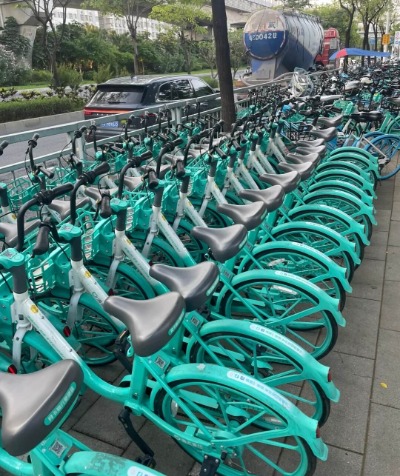
Shared Bicycles
The Chinese government promotes green travel, and there are over 12 million shared bicycles across the country. You’ll find them everywhere—in subway stations, parks, and outside malls. All you need to do is scan the QR code on the bike, and you can ride. A half-hour ride costs just 3 CNY (≈ 0.14 USD).

Digital Payments
By 2024, digital payments will account for 86% of all transactions in China. It’s hard to steal in China because people usually don’t carry cash—just their phone, which is almost always in their hand. If you’re traveling in China, mobile payments are definitely one of the things to do. You’ll need digital payments for taking taxis, buying tickets, eating, booking hotels, and even taking the subway.

Efficient Logistics
By 2022, China already handled over 60% of the global parcel delivery market. If you shop online in China, you can place an order today and receive it tomorrow. Sometimes, if you order in the morning, your package arrives by night. This is all thanks to China’s smart logistics, including robot sorting centers, self-driving delivery vehicles, drones, and high-speed rail cargo transport.
No. 4: Experience the Depth of Chinese Culture
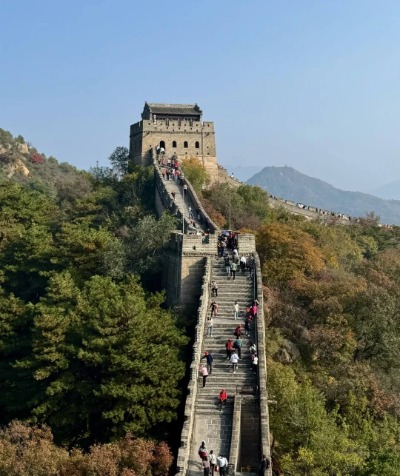
The Great Wall
Can you imagine a group of people in this world who work day and night to build a wall. And not only do they practice it themselves, but their sons, grandsons, and descendants have also been practicing it. They spent over 2000 years building this wall and it became the longest wall in the world. This is the Great Wall of China. Its total length is 21196.18 kilometers (13171.04 miles). Equivalent to half of the Earth’s equator. When you touch the bricks on the Great Wall and see its magnificence, you will understand how much patience and effort the Chinese people can pay to realize their great ideals.
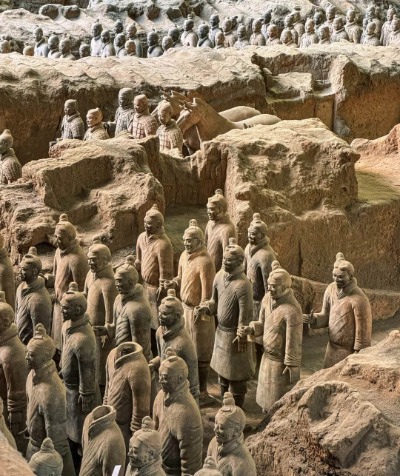
Terracotta Army
What’s your feeling about visiting the Terra Cotta Warriors? It feels like two words: shock. In 1978, former French Prime Minister Jacques Chirac said after visiting, “There are seven wonders in the world, and the discovery of the Terracotta Warriors can be said to be eight wonders. If you don’t look at the Terracotta Warriors, you can’t go to China.” In 1987, Mausoleum of Qin Shi Huang and Terracotta Warriors were approved by UNESCO to be included in the The World Heritage List. And it is hailed as one of the “Eight Wonders of the World”. This title also gives this’ world’s largest underground military museum ‘an accurate positioning.
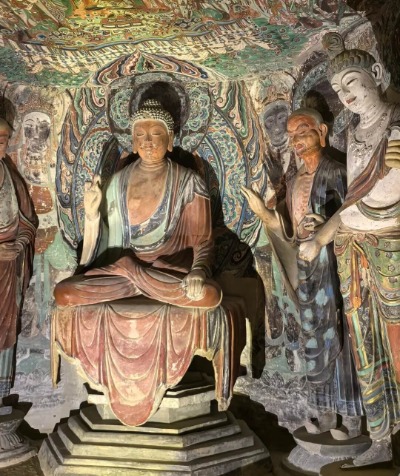
Mogao Caves
The Mogao Grottoes of Dunhuang in Gansu Province is the world’s largest and richest Buddhist art shrine. Its architecture, murals, and sculptures have spanned over ten dynasties from the Sixteen Kingdoms period in China to the Yuan Dynasty, as well as various aspects of cultural exchange between the East and the West, achieving unprecedented success. Entering the cave, there were no lights. We are not allowed to take photos, let alone make loud noises. Whether it’s sculptures or murals here, the beauty of colors, lines, and shapes appears pale and powerless to describe with any words. Exquisite gem art is a timeless masterpiece!
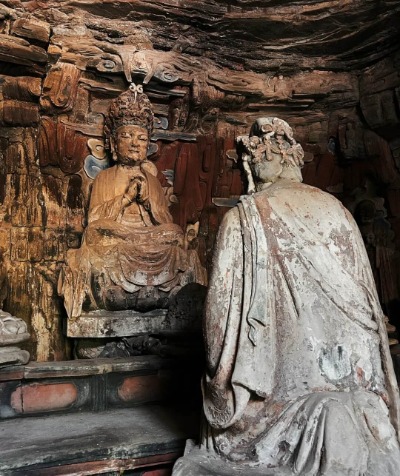
Dazu Rock Carvings
Dazu Rock Carvings is known as “a pearl on the crown of Chinese grotto art”. It was first excavated in the year 650 AD. The excavation continued until the 19th century. It mainly showcases the social landscape and religious beliefs of China from the 9th to the 13th century through stone carving art. The Buddha statues here are all carved on cliffs that are 30-40 meters high and 500 meters long. Each set of carvings is a vivid and enlightening Buddhist scripture story.
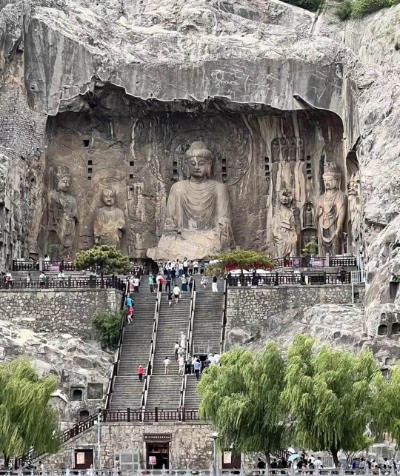
Longmen Grottoes
The Longmen Grottoes in Luoyang are the world’s largest treasure trove of stone carving art with the most statues and scale. It is a world cultural heritage site. The statues here were mostly built by ancient Chinese royal nobles. In the grottoes, one can often see worshippers coming to pay their respects. They held flowers in their hands and devoutly worshipped the Buddha statue, expressing their admiration and faith in the Buddha.
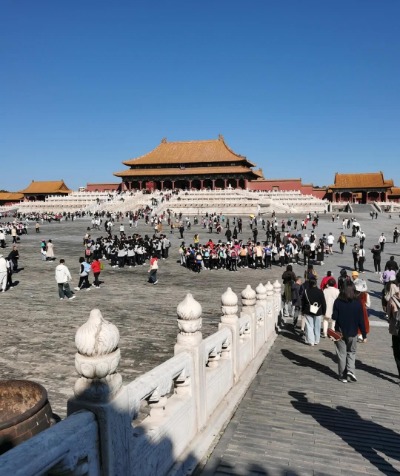
The Forbidden City Beijing has become a symbol for the Chinese people. The Forbidden City, once home to 24 emperors in the Ming and Qing dynasties, is not only a symbol of ancient imperial power in the minds of Chinese people. It is also a representative of traditional Chinese art. Here, there are millions of precious cultural relics collected, covering various fields such as painting, ceramics, bronze ware, Ming and Qing handicrafts, engraving, toys, etc. Each piece is a top-notch artwork from China. Visiting the Forbidden City is one of the best things to do in China for many tourists traveling to Beijing.
No. 3: Explore China’s Unique Natural Scenery
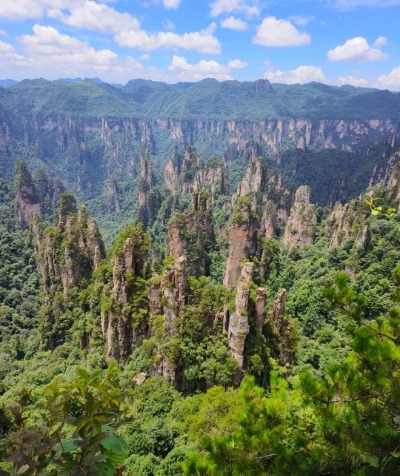
Zhangjiajie National Forest Park
Zhangjiajie National Park is famous for its unique quartz sandstone formations. The beauty of these mountains is rare in the world. Each mountain rises like a stone pillar from the ground, reaching up to the sky. Looking down reveals a vast abyss. The pillars stand alone, yet seem to watch over each other.
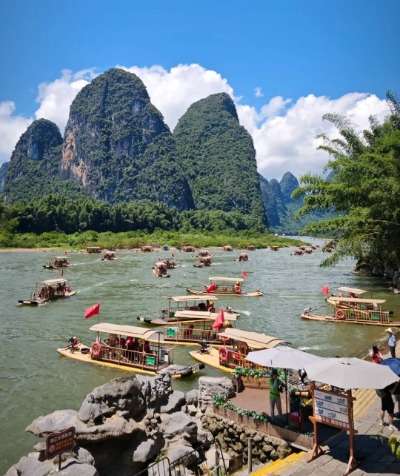
Guilin’s landscape is a symbol of Chinese beauty. The Li River, its most famous feature, is often called “the world’s most beautiful river.” The region’s unique geology is made up of massive layers of marine limestone. These rocks were formed more than 300 million years ago, rising above the land. Over time, weathering and erosion shaped them into the stunning peaks and karst formations we see today.

Jiuzhaigou
Jiuzhaigou’s scenery is so beautiful, it’s often called “otherworldly.” From a distance, snow-capped peaks rise sharply into the sky. Up close, the water is so clear you can see all the way to the lake bottom. Jiuzhaigou National Park is a water wonderland, a kingdom of waterfalls. The water changes colors throughout the seasons. The forest here is home to over 2,000 plant species, and the flowers are vibrant and colorful.
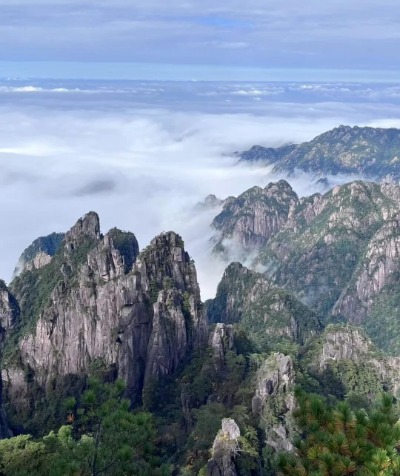
Yellow Mountain is famous for its strange rocks and sea of clouds. There are countless unusual rocks, each with shapes that seem to resemble birds or animals. This makes the mountain an endless source of fun and fascination for visitors. The misty clouds create a magical atmosphere, turning Yellow Mountain’s peaks into a fairyland.
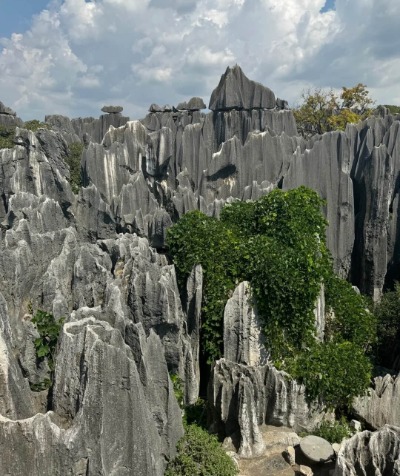
Stone Forest, Kunming
The Stone Forest in Kunming is a karst landscape that formed 270 million years ago. It’s full of strange rocks, lakes, waterfalls, streams, and caves. The scenery is stunning. To fully appreciate the Stone Forest, you must use your imagination. The rocks take on many shapes: some look like roosters, others like clouds, lotus flowers, palms, or even lanterns.

Jade Dragon Snow Mountain
Jade Snow Mountain Lijiang is the only snow-capped mountain in China you can climb. It is also a sacred place for the local Naxi people. Its main peak, Fanzi Peak, rises 5,596 meters (18,360 feet) and is often shrouded in mist. The mountain has 12 snow-capped peaks, and its high-altitude landscape includes glaciers, alpine meadows, primitive forests, and snow-covered waterfalls.
No. 2: Watching Traditional Chinese Performances
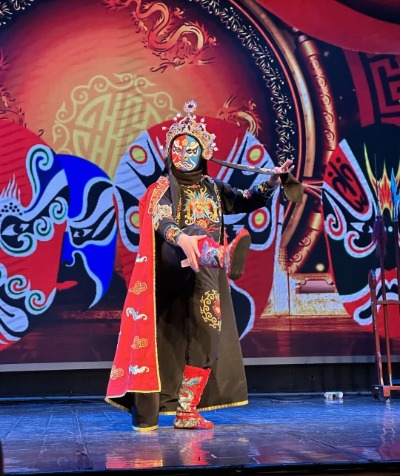
Sichuan Opera Face Changing
The tradition of face changing started as a way to scare off wild animals by painting the face to look fierce. Over time, it evolved into a ceremonial mask, used during festivals to celebrate harvests. Eventually, this ritual moved to the stage, forming a unique performance style. Today, artists mix painting, dance, and martial arts in face changing to make it even more spectacular. Watching this performance is a must-do when visiting Sichuan.
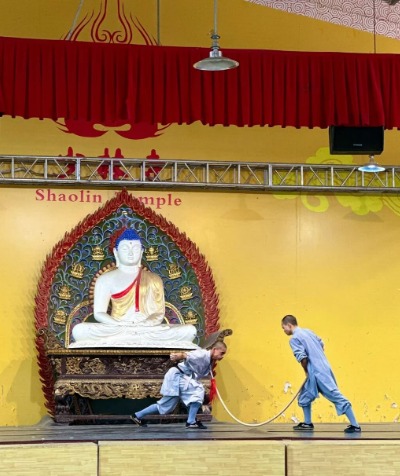
Martial Arts Performances
Chinese martial arts have a long history, originating from ancient military training and self-defense. Martial arts routines include forms like long fist, southern fist, tai chi, and weapons such as swords and staffs. These performances emphasize precision and beauty in movement, showcasing the unique charm of Chinese martial arts.

Chinese Acrobats
Chinese acrobatics dates back to the Neolithic era. The skills have been passed down through generations, including feats like contortion, acrobatic cycling, juggling, tightrope walking, magic tricks, and lion dancing.
No. 1: Tasting Chinese Cuisine
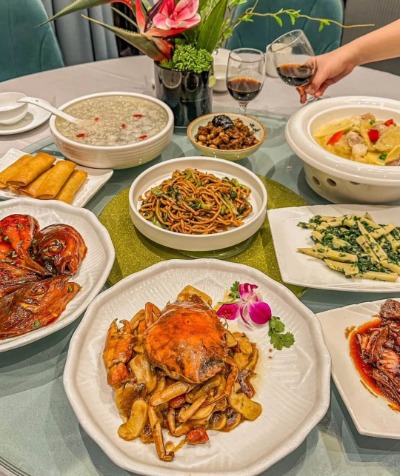
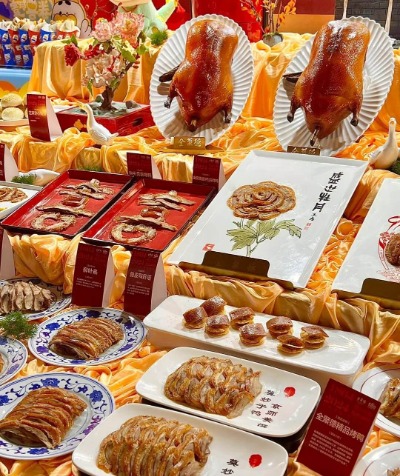
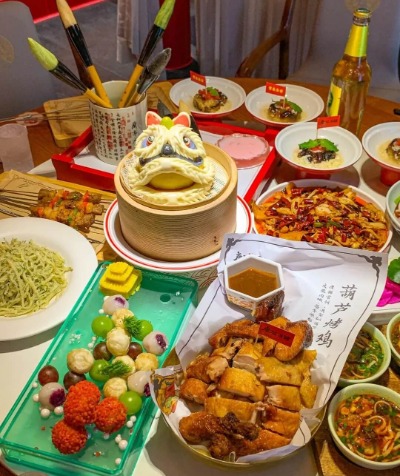
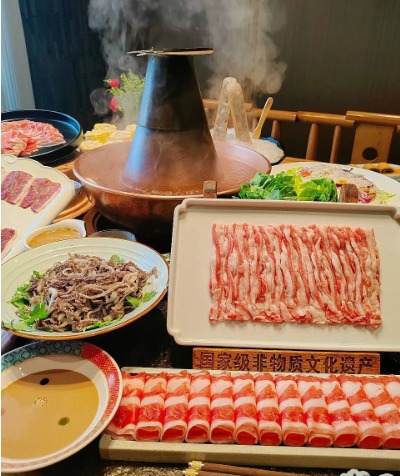
China has eight major culinary traditions, each defined by distinct flavors and cooking techniques. Each cuisine has hundreds or even thousands of dishes. These eight major cuisines are:
- Shandong (the representative of Northern Chinese cuisine)
- Sichuan (known for its bold, spicy flavors)
- Cantonese (famous for its light, fresh dishes that preserve original flavors)
- Fujian (focused on seafood)
- Jiangsu (known for precise knife skills and delicate presentation)
- Zhejiang (known for its tender, delicate textures)
- Hunan (famous for its sour, spicy, and aromatic dishes)
- Anhui (noted for cooking with charcoal fire)
If you could only do one thing in China, it would definitely be to enjoy Chinese food.


